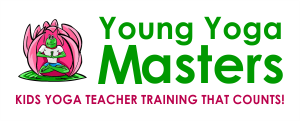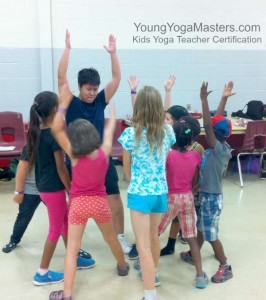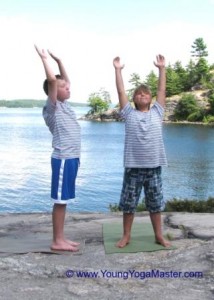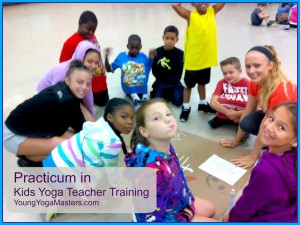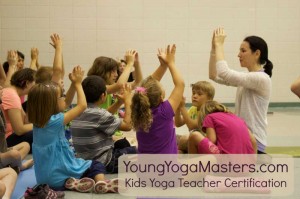This summer I decided to put away my phone, take a social media hiatus, and go on some self-paced … [Read more...] about These Powerful Questions Work Really Well in Kids Yoga
Classroom Management
How to Spot the the Signs of Trauma
Recognizing the Signs of Trauma, Anxiety, and Stress In the Monthly Kids Yoga Teacher Check-In we … [Read more...] about How to Spot the the Signs of Trauma
Teaching Yoga to Boys
What happens when you are used to teaching one age group, then get a class with a whole new … [Read more...] about Teaching Yoga to Boys
How to Become A Kids Yoga Teacher Free Video Training Webinar
We had wonderful participation in the free webinar video training over the weekend. I want to … [Read more...] about How to Become A Kids Yoga Teacher Free Video Training Webinar
4 Keys to Teaching Literacy and Language with the Yoga Alphabet
When I introduce the Frog Yoga Alphabet resources to participants Yoga Literacy Certificate of … [Read more...] about 4 Keys to Teaching Literacy and Language with the Yoga Alphabet
Mindfulness for Teachers and Parents
How Not to Explode Have you ever had one of those times when everything feels loud? There's … [Read more...] about Mindfulness for Teachers and Parents
